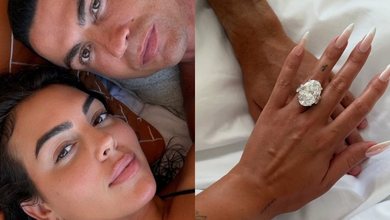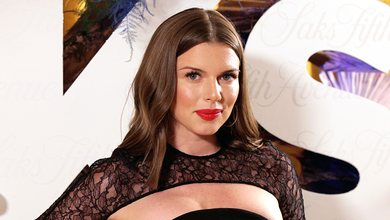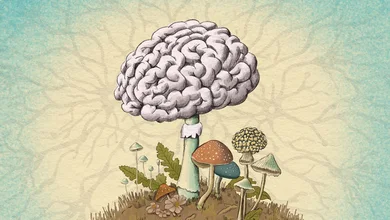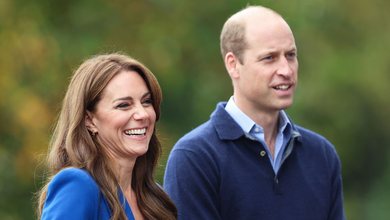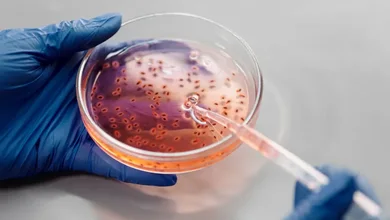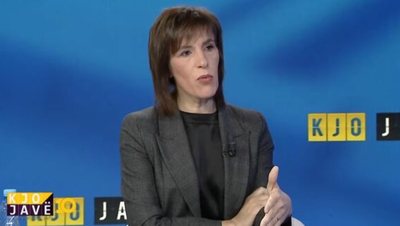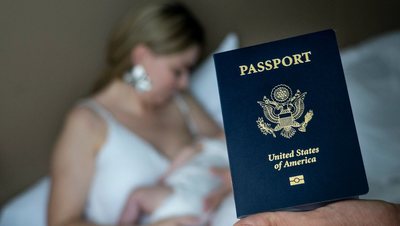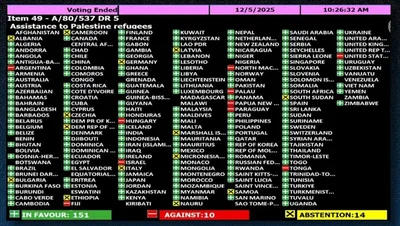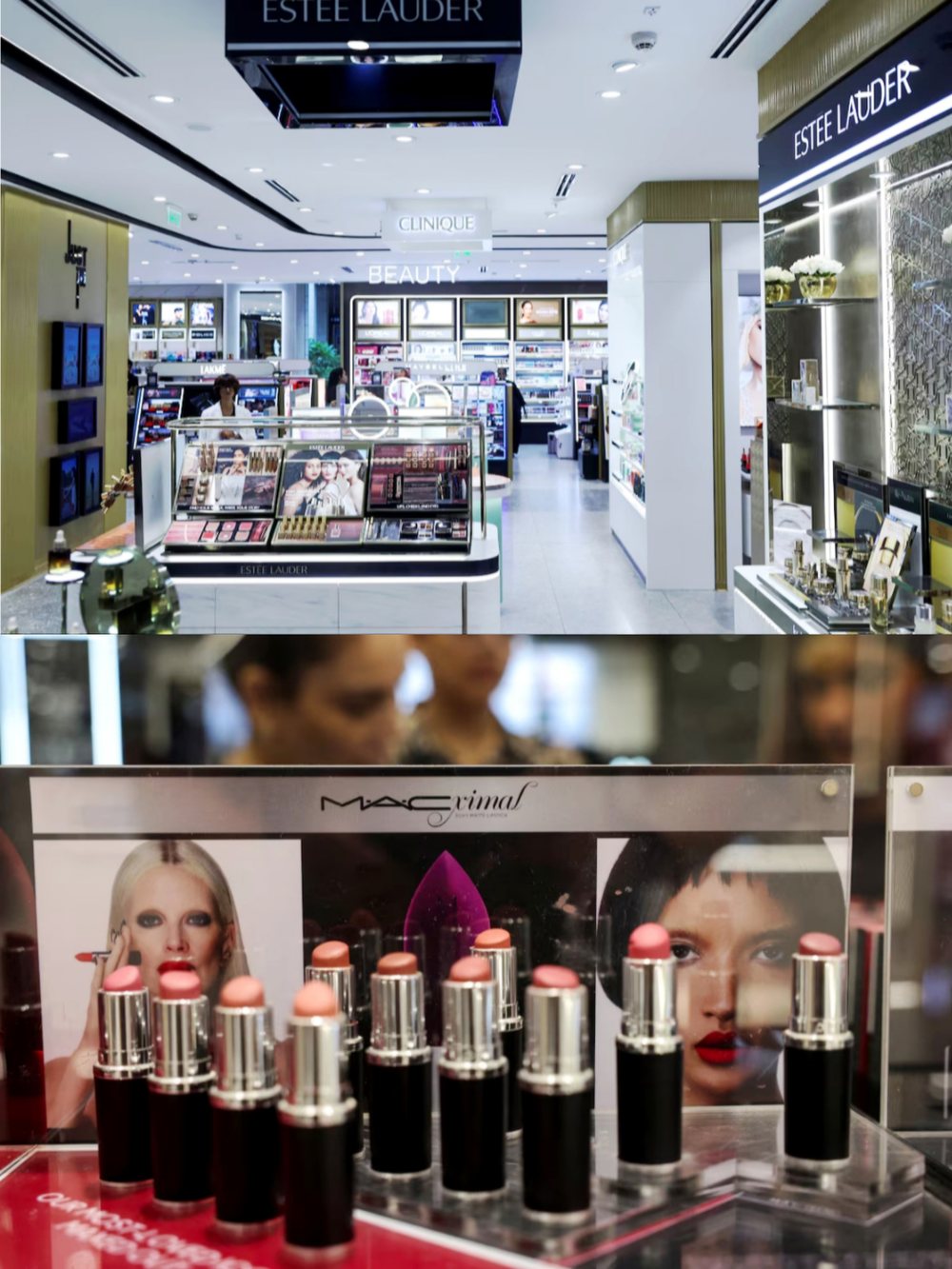
Global beauty firms are eyeing the Indian market as the "last bastion" of growth. From Japan's Shiseido to France's L'Oreal, global cosmetics giants are focusing heavily on the Indian market, seeing the world's most populous country as a key market for premium products at a time when sales in developed economies are slowing.
India's luxury beauty market is expected to grow fivefold from $800 million in 2023 to $4 billion by 2035, driven by young, affluent and socially-savvy consumers with rising incomes, according to a report by consulting firm Kearney and luxury beauty distributor LUXASIA.
Luxury products account for just 4% of the $21 billion beauty and personal care market in India, compared to 8% to 24% in key Southeast Asian countries and 25% to 48% in developed markets such as China and the US.
This means there is a lot of room for growth.
A chart displays the share of the luxury beauty market compared to the total market size in different countries for 2023, highlighting India's small share in the luxury segment, despite a large market overall.
“India is the last bastion of growth for premium beauty,” said Sameer Jindal, managing director at investment firm Houlihan Lokey in India.
"The Indian consumer is willing to experiment and try new things."
US cosmetics giant Estee Lauder, which owns the Clinique and MAC brands, expects steady growth in India, even as it faces weak sales in the Americas and the Asia-Pacific region.
"Today, India within the Estee Lauder network is considered one of the priority emerging markets," said Rohan Vaziralli, general manager for India, emphasizing that they are initially targeting 60 million women in a country with over 1.4 billion inhabitants.
R. Priyanka, a housewife from the southern city of Chennai, said she was very pleased to finally have better access to Estee Lauder's Jo Malone London perfumes in India, thanks to the company's efforts.
“It's easier than asking someone (from abroad) to bring it over and over again,” she added.
Although global beauty brands have to adapt some products for the Indian climate – with high temperatures and high humidity – they face little competition from local brands.
Kearney and LUXASIA identified only Forest Essentials and Kama Ayurveda as real competitors, highlighting that Indian brands account for less than 10% of luxury beauty sales.
By comparison, in more developed markets such as China, Japan and South Korea, domestic brands account for 40% of the market.
“There is certainly a gap in the perception of quality between international and Indian brands,” said Devangshu Dutta, founder of consulting firm Third Eyesight.
Global giants also have much larger marketing budgets, which give them an advantage over local brands, industry experts add.
Estee Lauder is analyzing online shopping patterns to identify smaller cities to target, such as Siliguri in the state of West Bengal, collaborating with designers like Sabyasachi Mukherjee, and launching products like kohl – the much-loved eyeliner in India.
She has also invested in Forest Essentials, a brand with herbal ingredients, as well as in a program that provides funding to Indian beauty startups.
France's L'Oreal this year announced it would invest more in India, tapping into the "elevated beauty desires" of young, empowered and digitally connected women. The company had no further comment.
South Korea's Amorepacific, known for brands Innisfree and Etude, is trying to capitalize on the popularity of Korean beauty in India with products tailored for the market, including items for the popular routine: cleansers, serums, moisturizers and sunscreen, said director Paul Lee.
Japan's Shiseido, with more than 150 years of history, brought the NARS brand to the online sales site Nykaa this year and plans to expand its brands' presence in the subcontinent.
Chart showing the growth of the luxury beauty market in India from 2018 to 2035, showing a doubling by 2028 and a quintupling by 2035, highlighting the growing demand.
Global brands are very enthusiastic about the Indian market, where consumers are spending more to follow trends like "cherry makeup," said Nykaa co-founder Adwaita Nayar, referring to a look with rosy cheeks, glossy lips and soft pink eyes.
Amazon, which has also seen a huge increase in demand for beauty products in India, aims to identify global trends and bring in more brands, said Siddharth Bhagat, director of beauty and fashion at Amazon India.
Retailer Shoppers Stop, which also promotes foreign brands, plans to open 15 to 20 beauty stores each year for the next three years, to increase revenue from this segment to 25% from less than 20% currently, said the beauty unit's CEO, Biju Kassim.
Reuters


